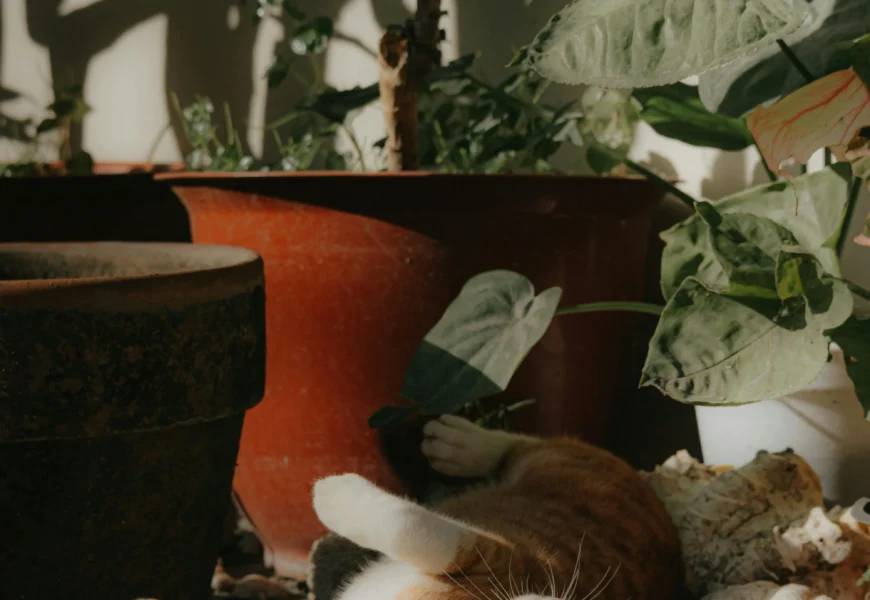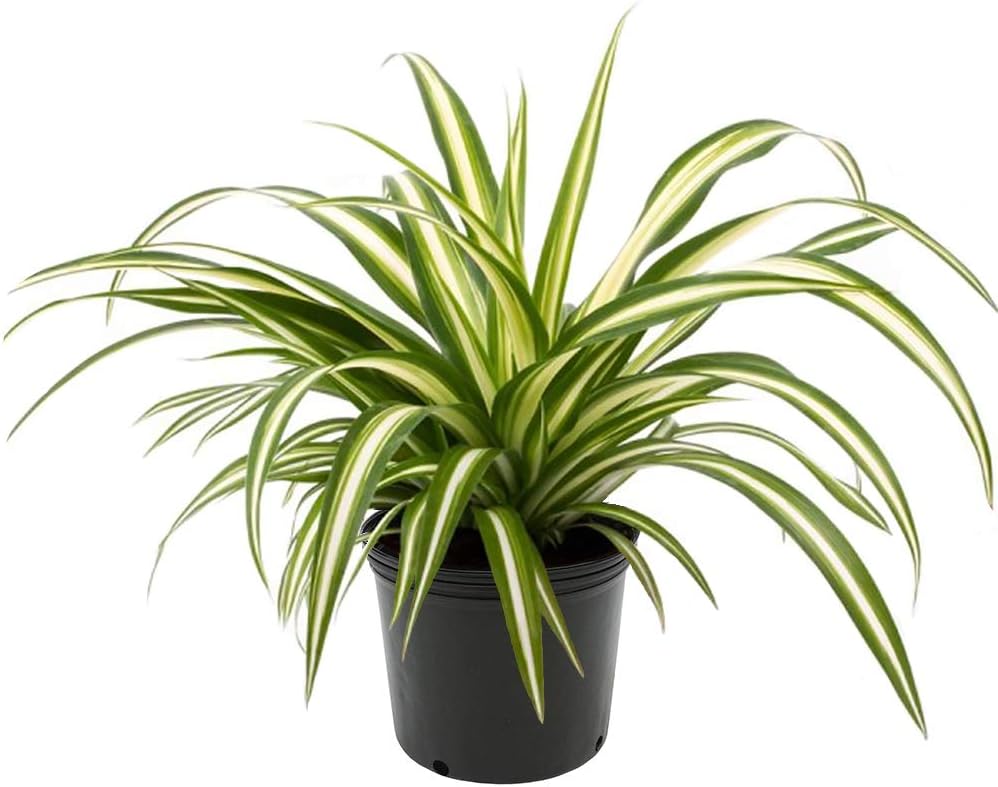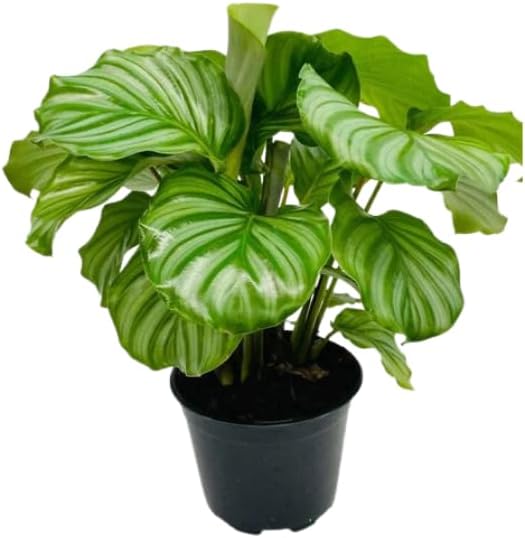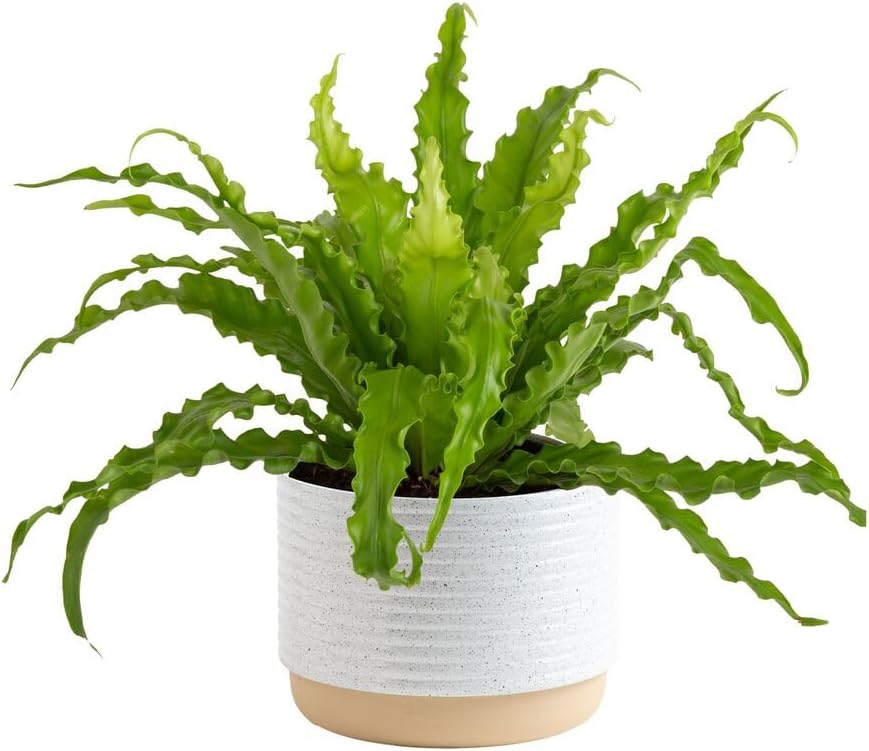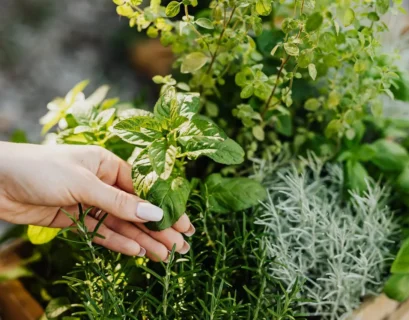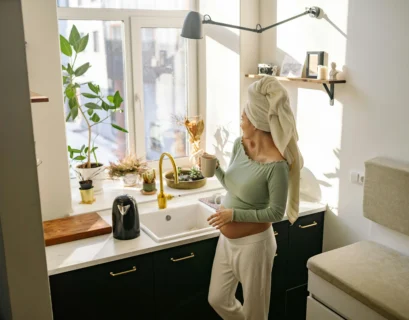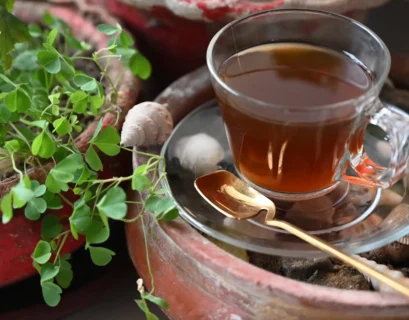Bringing the outdoors in can be a joy for both you and your pet friend, but navigating the world of houseplants with a curious cat can be a minefield. Fear not, dear plant parent! This guide will equip you with the knowledge to create a lush haven with the best cat-safe houseplants for your companion.
Table of Contents
The Dangers of Toxic Plants
Let’s be frank: many common houseplants are toxic to cats. Ingestion can lead to a variety of unpleasant symptoms ranging from mild gastrointestinal upset to more severe issues like liver damage and neurological problems. It’s vital to understand the risks and select plants that won’t harm your beloved feline friend.
The list of toxic houseplants is quite extensive, but some of the most common culprits include:
- Lilies: A deadly danger to cats! All parts of lilies, even the pollen, are highly toxic, and even a small amount can cause severe kidney failure.
- Pothos: These popular trailing plants are mildly toxic. They can cause vomiting and diarrhea if ingested.
- Peace Lilies: Not technically a true lily, but just as dangerous! They can cause oral irritation, vomiting, and difficulty swallowing.
- Sago Palms: This seemingly innocuous plant harbors a deadly toxin. It can cause liver failure and death.
It’s always best to err on the side of caution and assume any plant is potentially toxic until you can confirm its safety for your cat. If you suspect your cat has ingested a toxic plant, contact your veterinarian immediately.
Safe and Stylish: A Guide to Cat-Safe Houseplants
Now that you’re aware of the dangers of toxic plants, let’s explore some stunning alternatives that won’t put your feline friend at risk! Here’s a list of cat-safe plants that are both beautiful and pet-friendly:
1. Spider Plant (Chlorophytum comosum)
Liven Up Your Space with the Easy-Care Spider Plant!
This beauty features cascading "spiderettes" and thrives in indirect sunlight.
Perfect for home or garden décor, it also purifies the air and is safe for pets!
These easy-to-care-for plants are a favorite among cat owners! Their long, cascading leaves and air-purifying qualities make them a great choice for any home. You can find spider plants with green or variegated foliage, adding a splash of color to your space.
2. Calathea (Calathea spp.)
- Stunning Foliage: Features large, round leaves with striking silver stripes.
- Low Light Tolerance: Prefers low to medium indirect light.
- Air Purification: Helps clean the air.
Calatheas are known for their striking foliage with intricate patterns and colors. They add a touch of tropical elegance to any room. While they are non-toxic to cats, their delicate leaves might be tempting to nibble.
3. Boston Fern (Nephrolepis exaltata)
Bring a touch of elegance to your home with a beautiful Maidenhair Fern!
- Lush, lacy fronds add a classic touch to any décor.
- Low-maintenance: thrives in indirect sunlight and well-drained soil.
- Approx. 15" tall in a stylish 6-inch pot.
- Perfect for creating a warm and inviting atmosphere.
These classic ferns offer a lush, cascading look and are a great air purifier! While they are not toxic, it’s good to keep an eye on curious cats who might try to sample their feathery fronds.
4. Peperomia (Peperomia spp.)
These compact and easy-to-care-for plants come in a wide variety of shapes, sizes, and colors, from vibrant green to deep purple. They’re also known for their low-maintenance nature, making them ideal for beginners.
5. Prayer Plant (Maranta leuconeura)
Prayer plants get their name from their unique leaves that fold up at night like hands in prayer. They are a great choice for homes with cats as they are non-toxic and add a touch of visual interest to any space.
6. Cast Iron Plant (Aspidistra elatior)
This tough and resilient plant can tolerate neglect and low light conditions, making it a perfect choice for busy cat owners. It’s also known for its attractive, dark green leaves.
7. Zebra Plant (Aphelandra squarrosa)
These eye-catching plants have striking, striped leaves that add a pop of color and texture to any room. They are relatively low-maintenance and add a touch of tropical flair.
8. Areca Palm (Dypsis lutescens)
These graceful palms are a fantastic option for cat owners seeking a larger houseplant. Their tall, slender trunks and feathery leaves create a tropical oasis in your home. They’re also known for their air-purifying properties!
9. Bird’s Nest Fern (Asplenium nidus)
These ferns are known for their unique, nest-like growth pattern, making them a striking addition to any room. They prefer humidity, so they’re a great choice for bathrooms or kitchens.
10. African Violet (Saintpaulia ionantha)
These charming plants boast beautiful, velvety leaves and delicate flowers in a range of colors. They are a great choice for bright, indirect light and add a touch of elegance to any home.
Remember, even though these plants are non-toxic, it’s always a good idea to supervise your cat and discourage them from nibbling on any plants. You can also try providing your cat with their own safe and engaging toys to redirect their interest away from your houseplants.
Want to learn more about the importance of choosing cat-friendly foliage? Check out our other post, “Feline-Friendly Foliage: Safe Houseplants for Your Kitty“. You can also find a comprehensive guide to common toxic plants for cats in our article, “The Dangers of Toxic Plants“.
Beyond Safety: Picking the Perfect Plant
Now that you’ve got a list of safe options, it’s time to choose the perfect plant for your feline friend and your home. Consider these factors for a harmonious and leafy partnership:
- Care Requirements: Some plants, like the Best Cat-Safe Plants for Your Kitty are more demanding than others. If you’re a busy cat parent, opt for low-maintenance plants like Snake Plants or ZZ plants. If you have a green thumb and enjoy tending to your flora, consider a more delicate plant that thrives on attention, like a Calathea.
- Size: Think about the size and space of your home. A majestic Bird of Paradise might be too grand for a small apartment, while a petite Peperomia may be lost in a large living room. Measure your space and choose plants that fit the scale of your home and your cat’s playful tendencies.
- Your Cat’s Personality: Consider your cat’s temperament. A curious cat might enjoy a plant with intriguing textures like a Prayer Plant. A playful kitten may prefer a plant with dangling leaves or a cascading form like a Spider Plant.
Keep in mind, some cats are natural plant lovers and will happily coexist with their greenery, while others might be tempted to take a nibble or two. Don’t be surprised if your cat develops a favorite plant they spend hours watching or rubbing against. This is a natural, playful behavior and part of the joy of sharing your home with a furry friend.
Creating a Feline-Friendly Oasis: Tips for Safe Plant Placement
Now that you’ve chosen the perfect cat-safe plants for your home, it’s time to create a harmonious space for both you and your feline friend. Positioning your plants thoughtfully can encourage exploration and enjoyment while ensuring safety. Here’s how to create a feline-friendly oasis:

1. Choose Accessible but Safe Spots:
- Elevated Platforms: Cats love to perch! Place plants on shelves, windowsills, or cat trees that are within reach but not easily knocked over. This allows your cat to sniff and admire the greenery from a safe distance.
- Hanging Baskets: These offer a unique visual element and keep plants out of paws’ reach. Consider hanging baskets near a window for maximum cat enjoyment.
- Designated Areas: Create designated plant zones in your home. This can be a corner of the living room, a sunroom, or even a shelf dedicated to plants. This helps to keep plants contained and gives your cat a sense of safe territory.
2. Consider Your Cat’s Personality:
- Playful Explorers: If your cat is a curious explorer, consider placing plants strategically near scratching posts or play areas. This encourages them to investigate and interact with the greenery.
- Cautious Kitties: For less adventurous cats, start with just one or two plants in a low-traffic area. Gradually introduce more as your cat gets comfortable with their new surroundings.
3. Think Beyond Placement:
- Cat Grass: Offer cat grass as an alternative to your houseplants. This tasty treat provides a safe outlet for chewing and satisfies your cat’s natural instincts.
- Regular Monitoring: Keep a close eye on your cat’s interaction with plants. Look for any signs of chewing, digging, or excessive interest. If you notice any unusual behavior, it might be time to move a plant to a less accessible spot.
4. Embrace the Natural World:
- Outdoor Exploration: If you have a safe and secure outdoor space, consider introducing your cat to the wonders of real plants and flowers. Supervised outdoor time can be a great way to enrich their lives.
- Indoor Herb Garden: Consider planting an indoor herb garden. Many herbs are safe for cats, and they can provide a stimulating olfactory experience.
By creating a safe and engaging space, you can enjoy the beauty of your houseplants while catering to your cat’s natural instincts. Remember, a little planning goes a long way when it comes to feline-friendly foliage!
For more information on cat-safe plants and other houseplant care tips, visit the following resources:
- Feline-Friendly Foliage: Safe Houseplants for Your Kitty
- Say Goodbye to Spider Mites: A Complete Guide to Saving Your Houseplants
Resources and Further Reading:
For more comprehensive information on the best cat-safe houseplants, it’s always a good idea to consult with a veterinarian or a trusted horticultural expert. You can also find valuable resources online.
Here are some helpful links to get you started:
- Say Goodbye to Spider Mites: A Complete Guide to Saving Your Houseplants – This article provides a detailed guide to identifying and combating spider mites, a common houseplant pest.
- Feline-Friendly Foliage: Safe Houseplants for Your Kitty – This guide offers a list of cat-safe plants, providing insights on their characteristics and care requirements.
- Gnat-Free Plants: The Ultimate Guide to Eradicating Pesky Houseplant Pests – This resource tackles another common houseplant pest, gnats, offering effective control methods.
Conclusion
Bringing the beauty of nature indoors doesn’t have to come at the cost of your furry friend’s safety. With a little research and careful plant selection, you can create a cat-friendly houseplant oasis that’s both stylish and safe for your feline companion. Remember to consider your cat’s personality and preferences when choosing plants, and always prioritize safety by selecting non-toxic species.
By following these tips, you can enjoy the joy of indoor greenery while ensuring a happy and healthy environment for your beloved cat.

